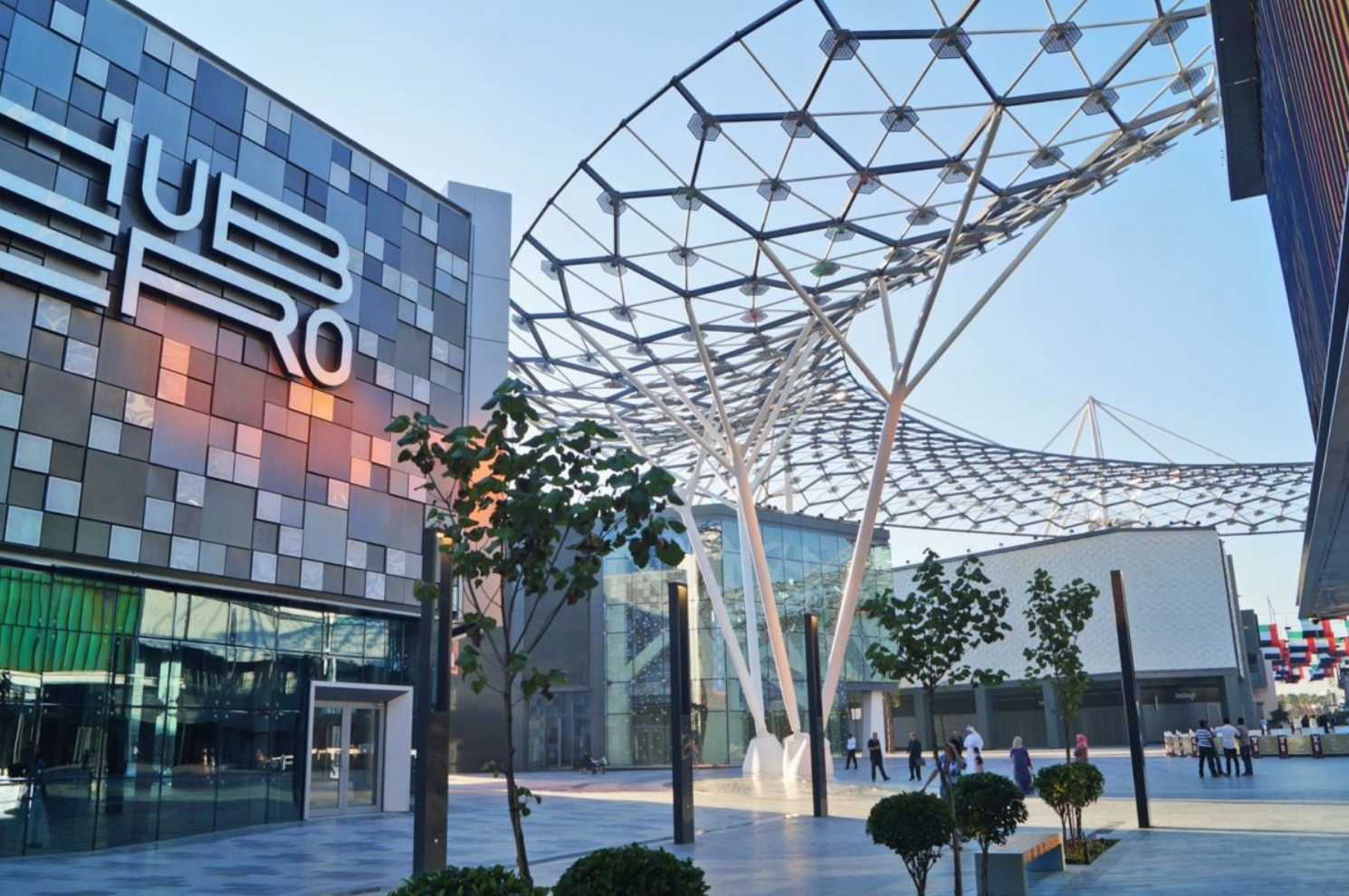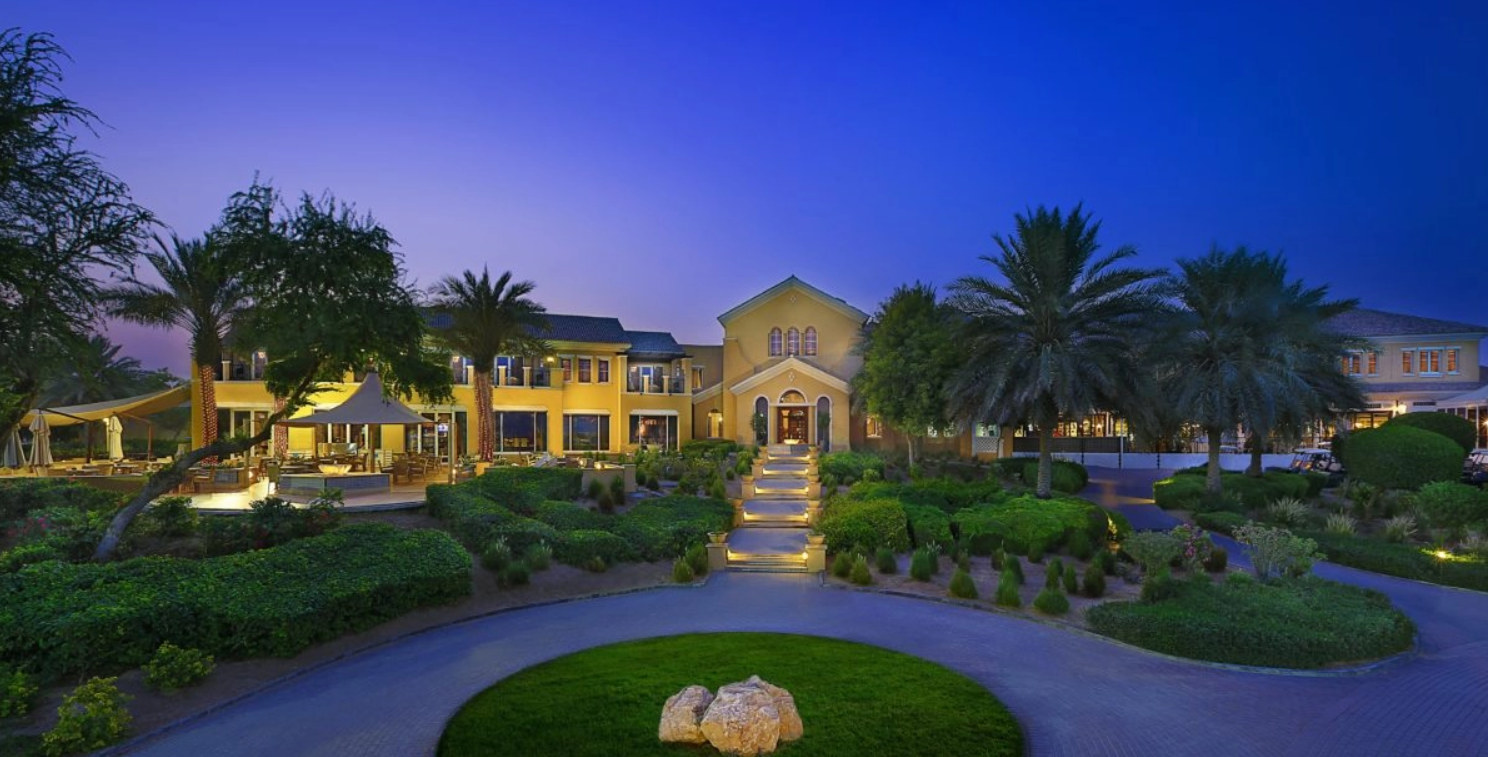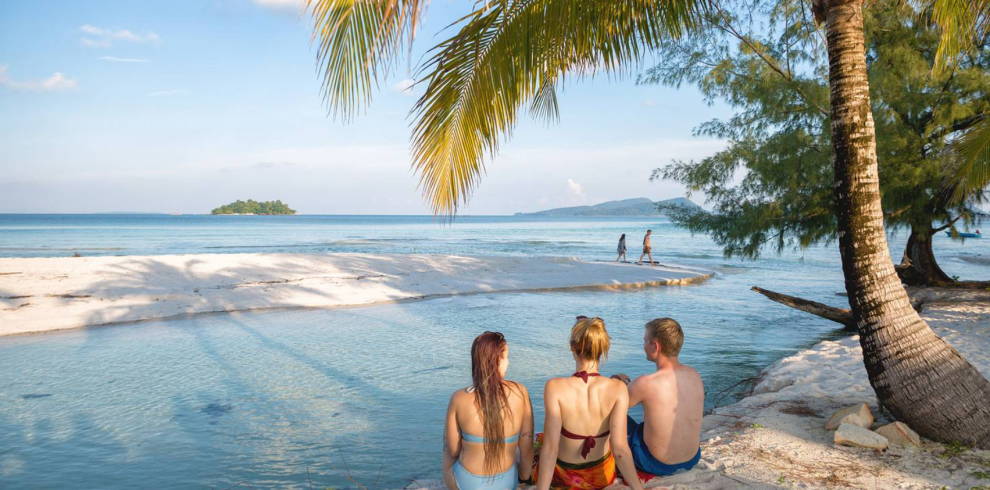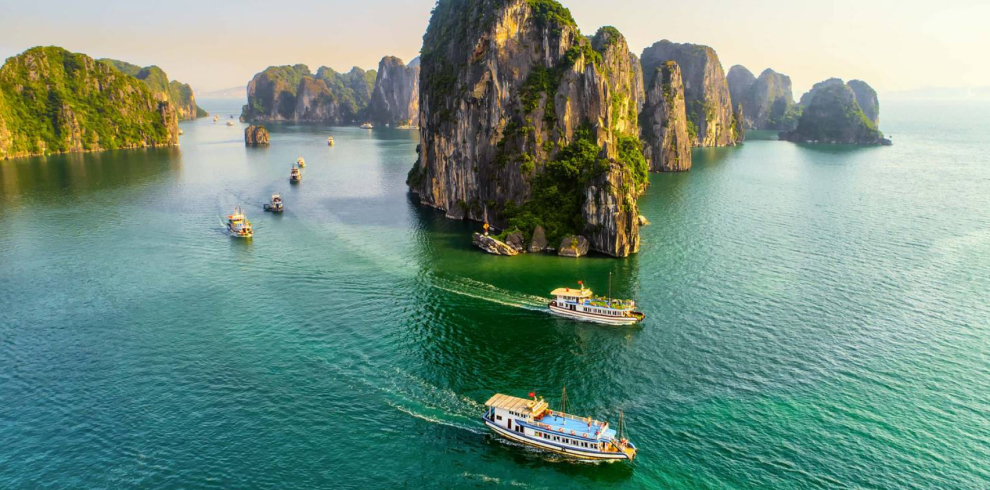In China, the skylines offer dazzling shows of lights and modern architecture, while the countryside is peaceful and at times, even surreal. It’s a country of contrasts, where old traditions mix and mingle alongside packed cities that open into lush, vast landscapes before meeting with xenocentric buildings. And the result is simply astounding.
The Highlights

Beijing
You’d be hard-pressed to spend a few days in Beijing and tick off all its highlights. It is, after all, one of the biggest cities in the world and attractions are everywhere. A good mix of the old and new is best, visiting Tiananmen Square, the Forbidden City, the Summer Palace and the Ming Tombs along with the Bird’s Nest, the Botanical Garden and the National Centre for the Performing Arts.
Shanghai
Do yourself a favour and look up. Shanghai’s modern skyline is like no other, peppered with futuristic looking skyscrapers that look just as radiant in the daytime as they do at night. But once you’ve had your fill of its urbanscape, carve out some time to visit its other attractions as well. Visit the Yu Garden and the Longhua Temple, and navigate the alleyways in Tianzifang and the Old City.


Longmen Caves
The appeal of Longmen Caves is in its grandness and its intricacies. This exquisite Chinese Buddhist art, encompassing tens of thousands of effigies and some 2,000 caves that line both banks of the Yī River, is as epic as it is historic. It’s certainly worth travelling to Luoyang in Henan for. The west side is more spectacular, as it is home to the Losana Buddha Statue Grotto among others.
Yuanyang
There are many beautiful rice terraces in Asia, but none of them is as beguiling as the ones in Yuanyang – or at least, they’re hard to contend with, what with their changing of colours depending on the time of the day and the season. See the sun rising over them in Duoyishu, enjoy them in their golden glory at sunset in Laohuzui or Bada, or stray off the beaten path and head for Laoyingzui.


Zhangjiajie
Whether or not you’re a fan of Avatar is hardly a factor. Zhangjiajie’s breathtaking and mysterious land formations, nestled in Wulingyuan Scenic Area, are the stuff of legends and an otherworldly experience you shouldn’t miss. Herculean quartz-sandstone pillars, some more than 1,050 metres tall are dotted through the area and they’re like nothing else in the world. Get your cameras ready.
Chengdu
Chengdu may not be on your radar, but it most definitely should be. Existing as the capital of China’s Sichuan province, the city is also home to the notable Chengdu Research Base of Giant Panda Breeding. Here, visitors can explore the city, but most importantly, visit the conservation centre and view endangered giant pandas.

Contact Klub Advisor for personalised travel offers, dates, prices & payment options. Find out the latest travel requirements for your trip. Send your enquiry via the form below. If you’re club member, click on the icon in the right-hand corner and write to WhatsApp to start a discussion.
When to Visit
Peak Season
MAY TO SEPTEMBER
China essentially has several peak seasons, especially during the summer from June through September when the kids are out of school and during major holidays like Labour Day, National Day or the Spring Festival when everyone’s off work and out celebrating. Prices are steep, crowds are thick and it’s rather difficult to secure tickets and accommodations unless you’re booking very early. In the summertime, temperatures also soar so it can get quite uncomfortable. If you don’t mind the high rates and the throngs of people, going during the vibrant Spring Festival (Chinese New Year) might just offer such elevating experiences.Low Season
OCTOBER TO APRIL
If you’re looking for bargains and thinner crowds, China’s less busy seasons are ideal. However, they’re not necessarily the best time to visit for all of China. The country is massive and the weather can vary depending on the region. Xinjiang, Heilongjiang and the other northern parts might not be ideal to visit from April through early June; however, the rest of China is. Just know that it is the rainy season and flight cancellations are expected. For a destination-flexible season, come in the fall from September to October when the weather has cooled, there are fewer tourists and the landscape colours are quite enchanting to behold.











